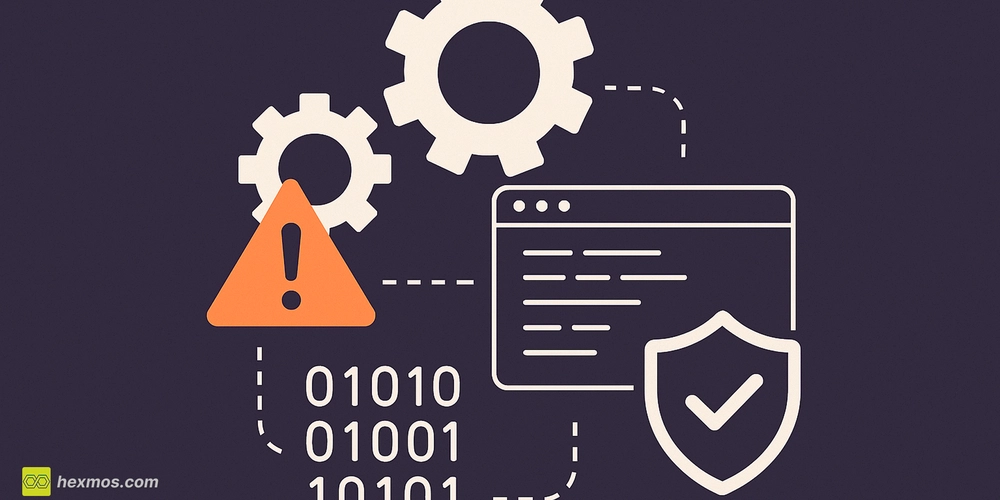Dev
5d
119

Image Credit: Dev
Data Races in Go: What They Are and Why You Should Care
- A data race in Go occurs when two or more goroutines access the same memory location simultaneously without proper synchronization, leading to unpredictable behavior.
- Data races are problematic as they can cause real, hard-to-reproduce issues, such as incorrect results, deadlocks, and program crashes.
- Spotting data races in Go is made easier by using the built-in race detector tool, which detects inconsistencies in shared memory access.
- To solve data races, Go offers tools like mutexes, atomic operations, and channels for coordinating access to shared data.
- Using a mutex with sync.Mutex ensures one goroutine accesses a piece of code at a time, effectively preventing data races for shared variables.
- The sync/atomic package provides lock-free alternatives for basic numeric operations, making it efficient but limited to specific use cases.
- Channels, a Go-native synchronization tool, allow safe coordination of shared state by passing values through channels rather than directly accessing them.
- Choosing the right tool (mutex, atomic, or channel) depends on the complexity and nature of shared data to effectively prevent data races in Go programs.
- To avoid unexpected bugs due to data races, it is essential to coordinate access to shared data using the appropriate synchronization tools provided by Go.
- In summary, Go provides simple and efficient mechanisms like mutexes, channels, and atomic operations to detect, prevent, and resolve data races for concurrent programming.
Read Full Article
7 Likes
For uninterrupted reading, download the app